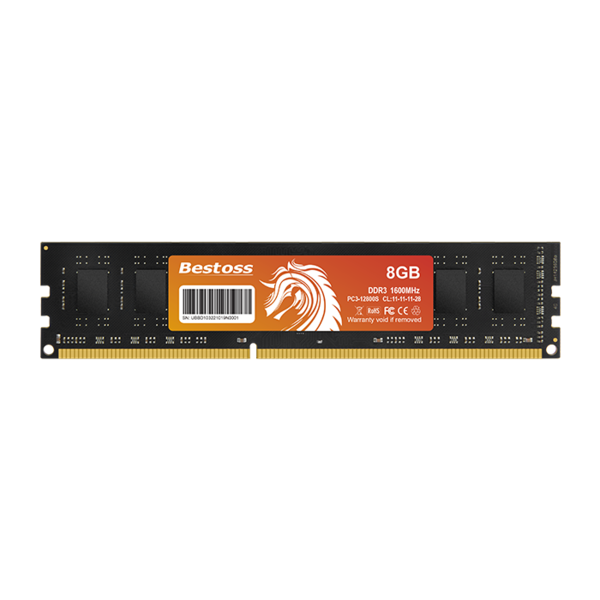
In the world of computer hardware enthusiasts, overclocking has long been a popular technique to squeeze more performance out of your system. One area that often gets overlooked is overclocking DDR RAM (Double Data Rate Random Access Memory). In this article, we will explore the ins and outs of overclocking DDR RAM, provide you with valuable tips, and discuss the risks and rewards of this process.
Before delving into overclocking, it's crucial to understand the role DDR RAM plays in your computer. DDR RAM is the short-term memory that stores data for your CPU to access quickly. The speed of your RAM affects how fast data can be retrieved, making it an essential component in ensuring a smooth computing experience.
When you overclock your DDR RAM, you increase its clock speed beyond its factory settings. This can lead to a significant boost in your computer's performance, particularly in tasks that rely heavily on memory, such as video editing, gaming, and multitasking.
Overclocking DDR RAM is not as intimidating as it may seem. Here's a simplified guide to help you get started:
Check Your RAM: First, ensure that your RAM is compatible with overclocking. Not all RAM modules are designed for it.
Backup Data: Make sure to back up your important data, as overclocking can sometimes lead to instability.
Enter BIOS: Restart your computer and enter the BIOS. Look for RAM settings, usually found in the "Advanced" or "Performance" tab.
Increase Clock Speed: Incrementally increase the clock speed of your RAM. Start with small adjustments, as higher speeds may lead to instability.
Run Stability Tests: After each adjustment, run stability tests like MemTest to ensure your system remains stable.
Monitor Temperatures: Keep an eye on your RAM and system temperatures to avoid overheating issues.
Fine-Tune Timings: You can also fine-tune timings to optimize performance further.

While overclocking DDR RAM can provide a significant performance boost, it's not without risks. Here are some important considerations:
Warranty Void: Overclocking may void your RAM's warranty, so proceed with caution.
Stability Issues: Overclocking can make your system unstable, leading to crashes and data loss.
Heat Generation: Higher clock speeds can produce more heat. Ensure your system has adequate cooling.
Incompatibility: Not all RAM modules can be overclocked, and not all motherboards support it.
So, is overclocking DDR RAM worth it? If done right, the performance benefits can be substantial. You'll notice significant improvements in tasks that are memory-intensive, like gaming, video editing, and 3D rendering. Faster RAM can reduce loading times, improve multitasking, and boost overall system responsiveness.
In conclusion, overclocking DDR RAM can be a great way to unleash the full potential of your computer. However, it's not without its risks and should be approached with caution, especially if you're new to the world of overclocking. If you're unsure about the process or want professional guidance, consider seeking assistance from a trusted source like Bestoss.
At Bestoss, we understand the importance of optimizing your computer's performance. If you're looking for expert guidance on overclocking your DDR RAM, our team of professionals is here to help. We offer top-notch solutions and advice to ensure you get the most out of your hardware. Contact us today and let's boost your computer's performance together!